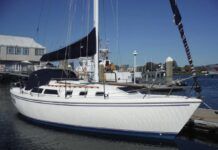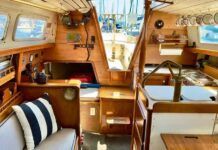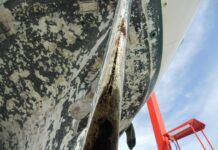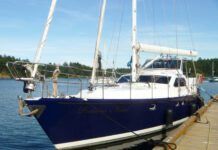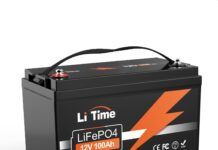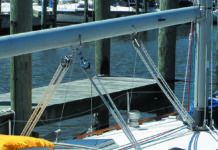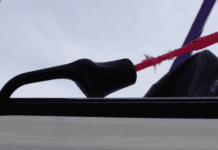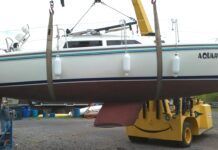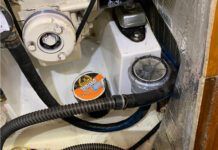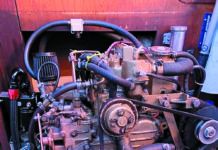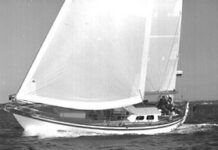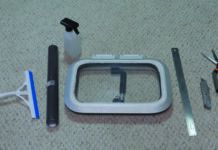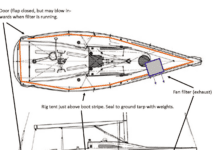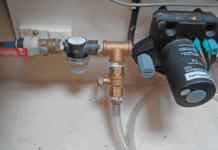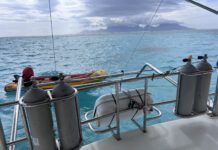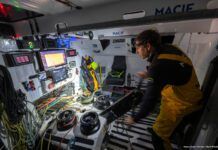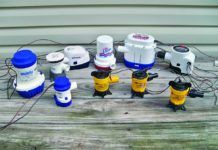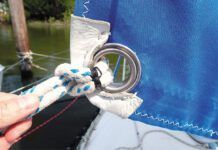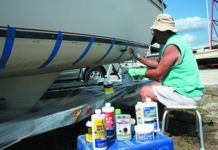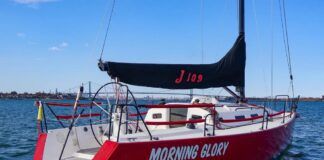Reefer Sanity
What a relief to get the good news that at least one part of the boat, the DC powered refrigerator, gets praise from your respondents as durable and reliable [October 1, 2002]. While you reported that most respondents used their reefers for prolonged periods, you did not explicitly comment on an interesting ramification: Should one energize the reefer intermittently or keep it on continuously for optimal results and longevity? I refer only to periods (days, weeks) when the boat is not in active use.
I have been advised by tradesmen that it would not be good to leave the reefer off for prolonged periods, at least with the boat lying in the water, owing to possible corrosion from moisture. This issue affects other boat operations, because having the reefer activated all the time is counterproductive to my battery maintenance schedule (AGMs), which is periodic, not continuous trickle charging at the dock.
-Bill Solberg
Marina del Rey, CA
We referred your question to Gary Buttrey of Waeco-Adler/Barbour. He says that the great majority of all manufacturers’ units out there now are hermetically sealed, and are not adversely affected by downtime. As for corrosion, he says that if a refrigeration system is exposed to corrosive forces, it will corrode whether its on or off. So feel free to turn it off.
———-
Outboard Underpowering
I am a relatively new sailor (seven years) and would like to commend you on a first-rate publication. I read every issue front to back the day I receive it. The timing of December’s issue couldn’t have been any better-I bought a boat (1975 Pearson 26) at the end of this season, and read with interest Don Deese’s letter about light 4-strokes. I have a Yamaha 4-hp, 4-stroke that I used on the 20′ trailersailer I moved up from, and would like to know if it will push a Pearson 26. Would it push the boat through the Cape Cod Canal? How good a set-up would this be?
-Patrick H. Greene
Via e-mail
Thanks for those nice words. The Pearson 26 has a displacement of 5,400 lbs. A 4-hp 4-stroke would have a hard time (maybe an impossible time) trying to push that boat through the Cape Cod Canal against a foul current, even if you hugged the sides. More to the point, it would be too light for punching through a headwind or any significant chop. We’d suggest going with an 8-hp 4-stroke. But you should check with the Pearson 26 experts. Try Dan Pfeiffer. He runs a good Pearson web page at http://dan.pfeiffer.net/p26/boat.htm.
We copied that exchange to Dan Pfeiffer. Here’s his reply:
“I agree on the 8-hp 4-stroke. Seems as close to a perfect match as you will get for the P26. I have not tried a 4-hp., but I did put my 3-hp. dinghy outboard on a P26 to move it around in the marina. We took it out into the river to see how it would behave and managed about 3.5 knots, as I recall. That’s in flat water with no wind.A 4-hp. would likely do better, but with a significant contrary current I expect an anchor would be the only way to keep the progress from going negative.And the boat might be dangerously underpowered in choppy conditions. That would be the real test of the engine/boat combination. You also need the prop to stay in the water and the 4HP motor that you already have is probably a shorter shaft length than would suit the P26.”



